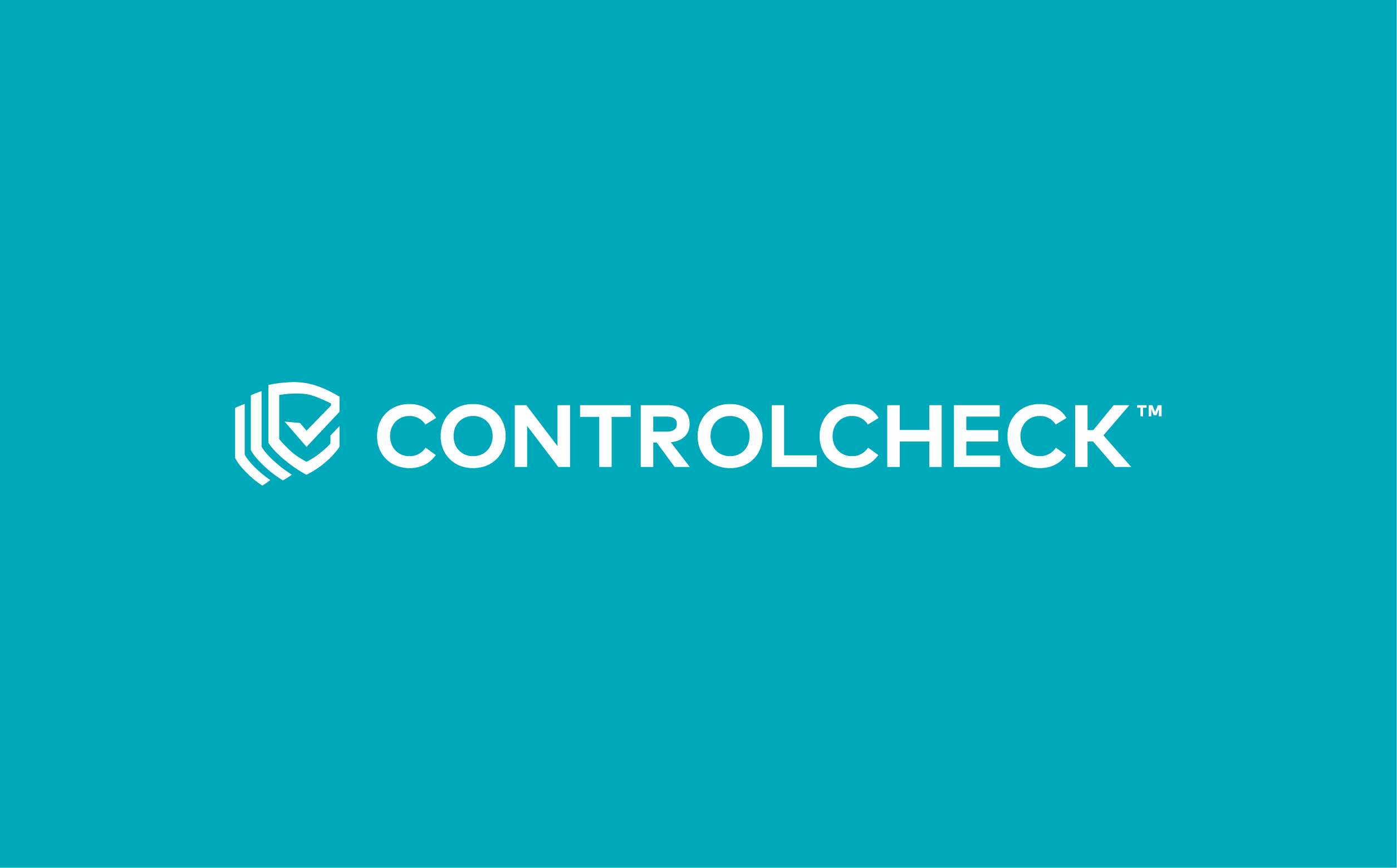A holistic drug diversion program has two things: (1) a strong foundation and (2) key metrics to assess its effectiveness. Bluesight recently hosted a panel of diversion experts to discuss how they measure program success in their health systems.
How to Create an Effective Drug Diversion Program
Let’s discuss a few ways to ensure that your drug diversion program is set up for success.
1. Establish a Strong Diversion Committee
At the helm of a strong drug diversion program is a committee with representatives from key groups throughout a hospital or system. By creating a committee with diverse perspectives and different areas of expertise, you can ensure that your organization is limiting blind spots, measuring the most crucial metrics, and has clearly established reporting and responsibilities.
While many health systems house drug diversion responsibility within the pharmacy department, a multi-disciplinary approach with anesthesia and nursing is crucial to success. Last year’s Hospital Pharmacy Operations Report found that over 65% of respondents had a committee like this in place.
A drug diversion program committee looks different for every organization, but here are a few of the key roles and departments we often see in the committees of ControlCheck (our drug diversion monitoring software) Customers:
- Chief Nursing Officer (CNO)
- Chief Executive Officer (CEO)
- Director of Pharmacy (DoP)
- Human Resources (HR)
- Safety Directors
- Patient Safety, etc.
Additionally, some larger systems opt to have two levels of their diversion committee, one at the corporate level and one at the site level for each location.
2. Join a Learning Cohort with Your Peers
Establishing a new drug diversion program can seem like an overwhelming task. Between creating and deploying best practices and determining how to measure success, there’s a lot to consider. Luckily, you don’t have to do it alone.
Organizations like the American Society of Health-System Pharmacists (ASHP), National Association of Drug Diversion Investigators (NADDI), and International Health Facility Diversion Association (IHFDA) offer best practice recommendations, training, and community forums to connect drug diversion professionals. In addition to these resources, hospitals and health systems are also participating in more tailored training like ControlCheck’s Diversion Collective
What is the Diversion Collective?
ControlCheck customers can enroll in the Diversion Collective – a cohort-based learning program where users can enrich their drug diversion prevention efforts with expert insights and collaborative peer engagement. One Diversion Collective alumni had this to say about the program,
“[The Collective] was very helpful in just having other people who are working within the same system as me. It has been very, very helpful to reach out to other alumni as well.”
After graduating from The Collective, alumni have access to a forum where they can ask and answer questions from peers, learn about diversion-focused webinars and events, and interact with ControlCheck product leaders directly.
3. Diversify Your Metrics to Encourage Compliance and Efficiency
While the number of diversion detections is an important metric to measure the effectiveness of your organization’s drug diversion program, other key metrics can give you a more holistic view of the medication safety practices at your facility.
Some other metrics hospitals with strong diversion programs measure and report on regularly are
- waste rates
- time-to-waste
- variances-per-month
- number of investigations
- auto-reconciliation rates, and more
One important one to call out is auto-reconciliation rates, which are the number of transactions that are auto-reconciled in ControlCheck. On average, ControlCheck automatically reconciles 94% of a hospital’s medication transactions.
Drug diversion monitoring software like ControlCheck also helps users contextualize their metrics with the benchmarking dashboard. Refreshed on a monthly basis, the dashboard allows hospitals to benchmark against other hospitals of a similar size. This, combined with historical trending data empowers hospitals to see their progression over time on key performance metrics and quickly identify opportunities for improvement.
Valuable Resources to Continue Your Drug Diversion Program Education
- Panel: Measuring the Effectiveness of Your Drug Diversion Program: Four leaders in drug diversion prevention came together to discuss the key metrics used to measure the success of their programs. In this 45-minute presentation, our panelists delved into the intricacies of their chosen metrics, explaining the rationale behind their selection and how they effectively measure success across multiple hospitals.
- DEA Compliance Discussion with Susannah Herkert: Susannah, with her extensive experience both as a Senior Managing Director at Guidepost Solutions and a former DEA Investigator of over 15 years, dives deeper into DEA compliance matters.
Tackling Pharmaceutical Drug Diversion Directly: Lorri Hall, President of DETECT RX CONSULTING INC. was joined by Bluesight Director of Clinical Strategy, Lauren Forni, for a session that provided an actionable discussion on drug diversion prevention and investigations. The stakes are high, with professionals’ reputations on the line and risks of infectious outbreaks, patient harm, and even death. Lorri focused on physical security measures to help prevent diversion.



